Not knowing anything about the local safety situation, I wondered if the capital might be all that welcoming. I also knew that with over 22 million inhabitants, Mexico City is one of the top 10 biggest cities in the world — a size that truly boggles the mind and honestly felt intimidating.
So, before I’d even arrived, I began asking myself if Mexico City should be just a quick stopover.
Well, guess what?
I found the Mexican capital to be utterly inviting, bursting with culture, and mostly stress-free. It became quite possibly my favorite city in all of Latin America.
Like any big city, there’s some traffic and crowds to contend with, but that surely will not be your main takeaway when you actually explore the neighborhoods and get to know the city known as CDMX.
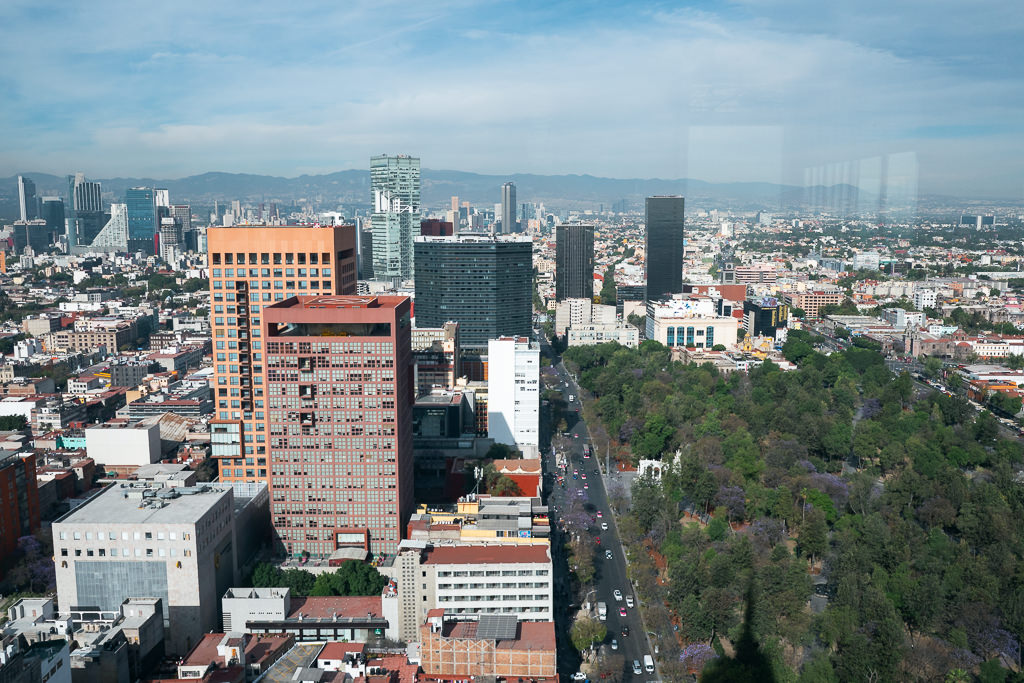
Is Mexico City worth visiting? The consensus among travelers is a resounding “yes!” The exceptional food, great museums, mild climate, and excellent day trips are some of the top reasons to go.
But… travel is always subjective.
Case in point: the current top search result for “Is Mexico City worth visiting?” is a rather grouchy post by a blogger who seems to have absolutely hated it — even referring to it as an “insipid metropolis” and “almost sure to disappoint” (wow!). While I respect him for sharing his honest opinion, I didn’t recognize this at all from my own experiences, so I felt motivated to share mine.
Let me try to give you some idea of what Mexico City is like so you can make up your own mind.
Plan your trip in Mexico City
What’s Mexico City really like?
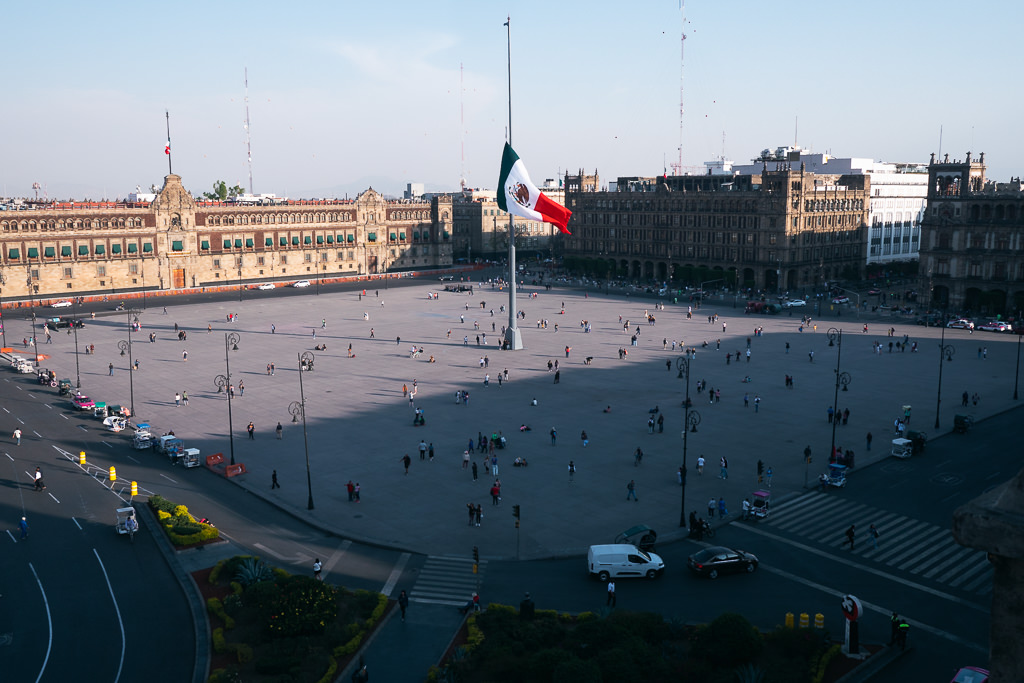
The greater Mexico City area (also known as CDMX) is home to over 22 million people, making it a megacity. In fact, it is one of the ten biggest metropolitan areas in the world.
This made me worried it’d be overwhelming, but rest assured it’s a surprisingly manageable city, especially when visiting as a tourist.
This is in part because most of the points of interest are clustered in roughly two or three areas, all of which are highly walkable and have a good level of safety. The areas you’re most likely to end up in as a tourist are El Centro (the central area around the main square) and the charming neighbourhoods of La Condesa and Roma.
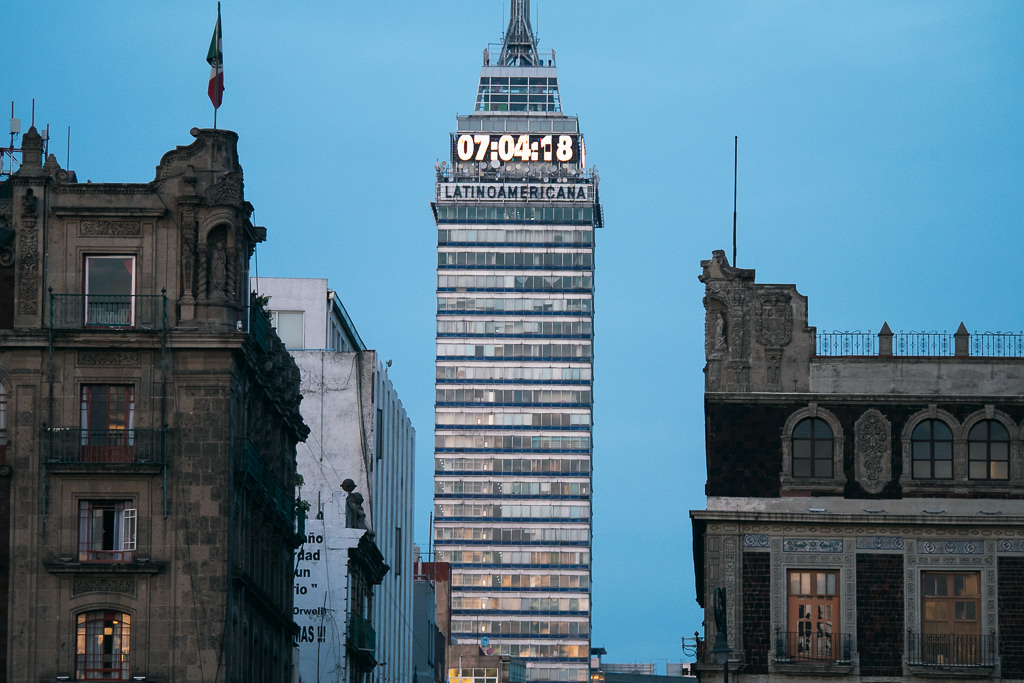
Mexico City’s sheer size only becomes truly obvious when taking the crowded metro, when viewing the city from above (such as at the excellent viewing deck in the Torre Latinoamericana), or perhaps in outer neighborhoods that are not usually visited by tourists.
There is definitely a lot of traffic in CDMX and the air quality is not always so great, but when exploring specific areas, you can easily forget you’re in a megacity.
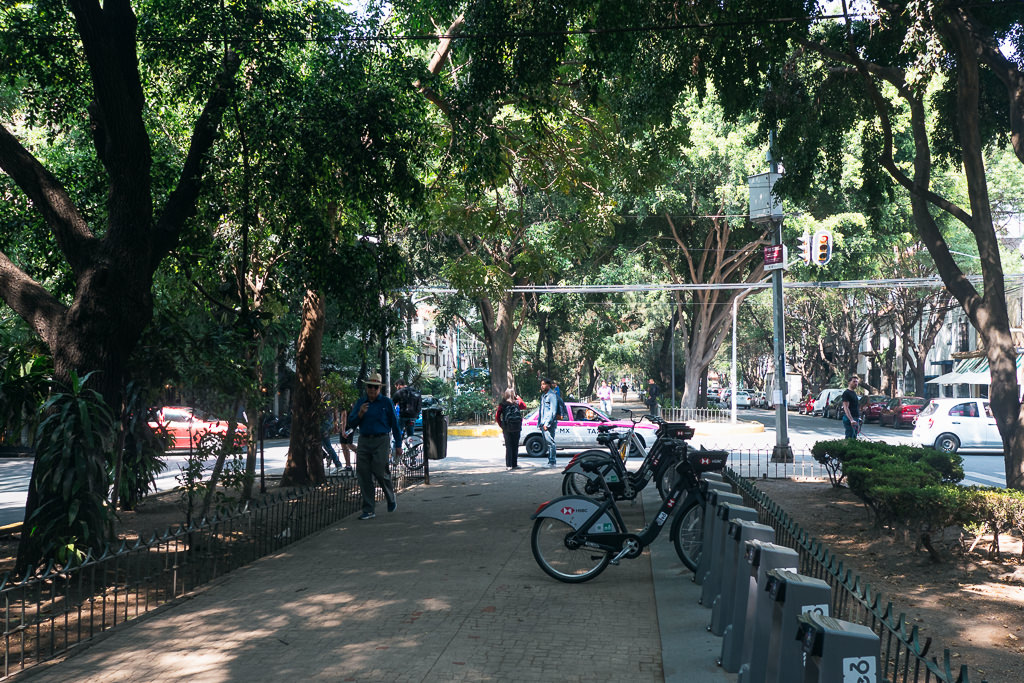
El Centro and the tourist-friendly neighborhoods of Roma or Condesa, in particular, feel like smaller bubbles inside a bigger city. I love exploring these charming areas.
What I found the only overwhelming aspect is simply the sheer number of things to do in Mexico City. You can spend days on end and not even scratch the surface, so it’s worth doing your research to make the best use of your available time.
Beyond the sights and activities within the city itself, there are numerous day trips and side trips that make Mexico City a perfect launching pad into central Mexico.
All this, yes, makes Mexico City highly worth visiting.
For a better impression of what Mexico City is like, don’t miss my video below in which I talk about what to expect and the top things to do!
My biggest surprise about Mexico City
While I had expected great cuisine and looked forward to seeing the temples of Teotihuacán, my biggest surprise was the sheer number of incredible museums in CDMX.
I just had no idea!
For some reason, I think Mexico City may not be as closely associated with world-class museums as other capitals around the world. I’m not sure if every visitor is prepared for how many great museums and cultural sights it truly has. At least, I have to confess this was the case with me.

Museum of Popular Arts
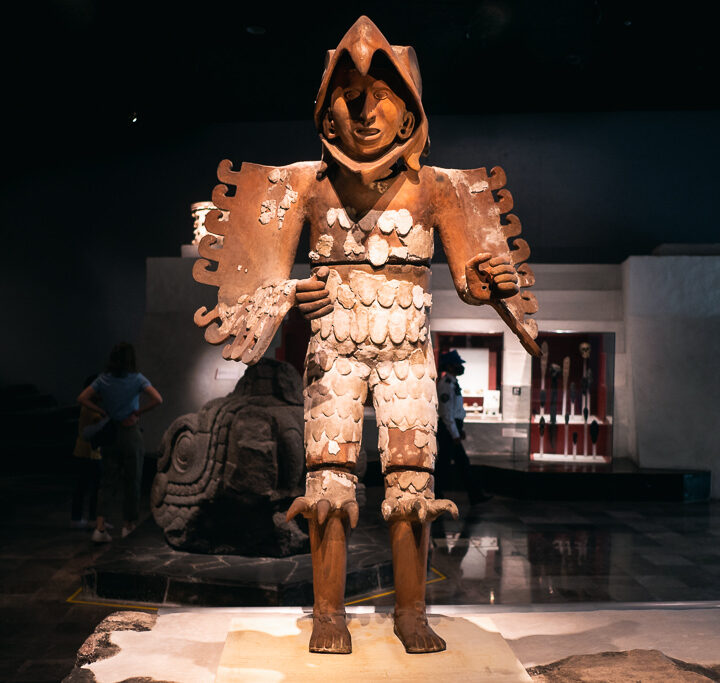
Mexico City is truly a cultural powerhouse. I’d even say it’s the very best Latin American capital when it comes to museums and cultural attractions. If it’s your first time in the Mexican capital, definitely dedicate at least a couple of days to the museums.
The stunning Anthropology Museum is simply unmissable, letting you learn all about Mexico’s precolumbian civilizations. Among the other highlights are the Templo Major, Frida Kahlo Museum, and the Museum of Popular Art. In my guide to the best things to do in Mexico City, you can find out more.
What to expect of Roma and Condesa
Perhaps a more controversial aspect of Mexico City are the two popular neighborhoods of Roma and Condesa, which is where many tourists stay.
They can admittedly be love-it-or-hate-it. The blogger I cited earlier seemed to not have clicked with these areas at all, which in a certain sense I can understand. They’re very hipstery and internationalized and mainly the domain of tourists, Western expats, remote workers, and well-off Mexicans.
Still, I think most visitors will love Roma and Condesa. Much of the recent hype for Mexico City actually stems from these beautiful areas, which are filled with upscale restaurants and trendy cafes, beautiful parks, and artisan shops.
Are they representative of the rest of Mexico City? Not really.
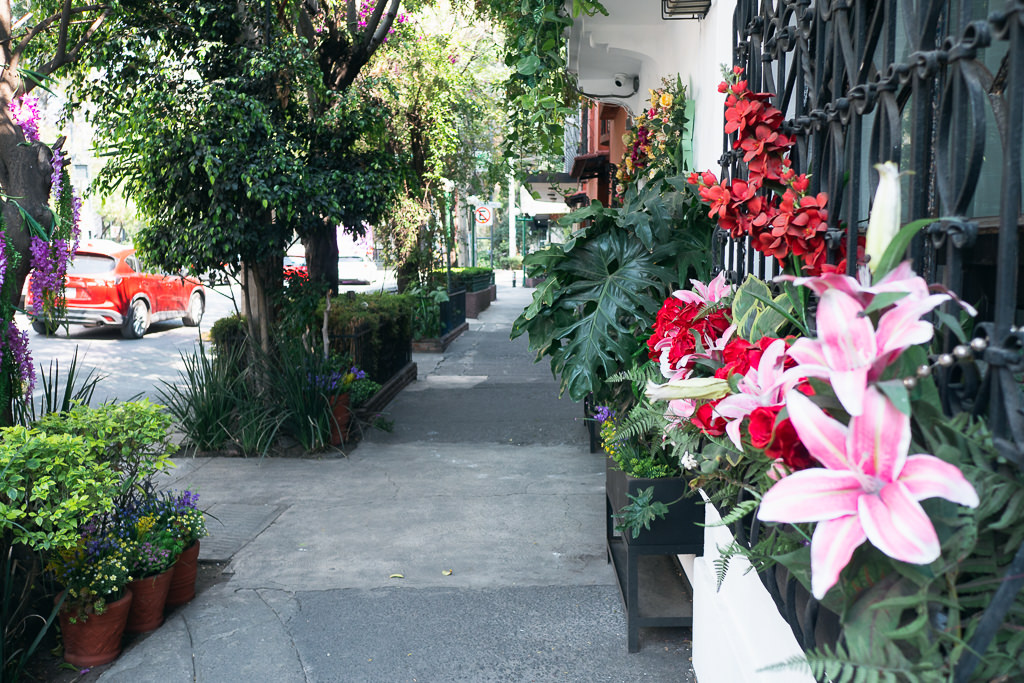
However, I think it’s no surprise so many first-time visitors choose to stay in these leafy, residential, and inviting areas. While you may hear English spoken a lot and gentrification is a hot-button issue, they do make for a perfect introduction to CDMX.
These areas may be heavy on craft beers, specialty coffee, and poke/sushi/salad bowl restaurants — but don’t worry, genuine street tacos can be had here too. If you have any doubts about Mexico City, you may wish to book a hostel or hotel in Roma or Condesa. I keep a list of the best hostels in Mexico City here.
What these areas may lack in a certain ‘authenticity’ they make up for in terms of simply being a perfect landing zone for a first-time visitor to Mexico City. Most travelers I’ve spoken to absolutely loved Roma and Condesa. However, more experienced travelers who prefer going off the beaten track may prefer other neighborhoods.
Safety in Mexico City
Finally, a few words about safety. While Mexico City is a big city with its share of typical big-city problems, it is still absolutely fine for the most part, especially for a tourist who won’t ever stay in some of the troublesome outer suburbs.
I think most visitors are surprised that Mexico City doesn’t really match any imaginations about cartels and whatnot. For what it’s worth, many American visitors describe it as feeling on par with various US cities.
The center does have a major police presence, which is mostly due to the many government buildings there, so don’t let this give you the wrong impression. You may occasionally see homelessness or poverty, which are not uncommon big-city problems. But overall, Mexico City is quite a safe city to explore if you don’t do anything too crazy.
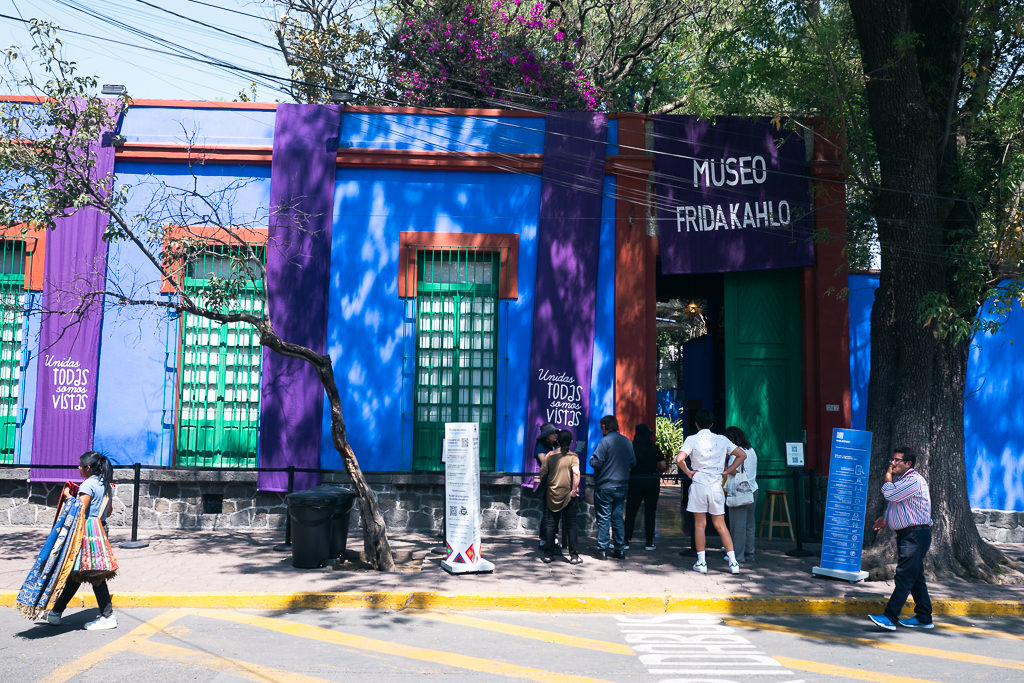
Some of the neighborhoods in Mexico City that are generally safe to explore are Roma, Condesa, Centro Historico, Zona Rosa, Polanco, Coyoacan, and Juarez. These are also where almost all of the tourist attractions are.
Areas with a worse reputation include Tepito, Doctores, and some outer suburbs where you’re unlikely to set foot as a tourist.
As for safety precautions, it’s recommended not to wander the streets alone at night and to use official taxis or ride-share apps like Uber. As in other major cities, general awareness against pickpocketing or theft is advised.
I’ve personally always felt safe in Mexico City while adhering to the basic safety precautions.
How many days in Mexico City is enough?
I believe 4 days is a good minimum stay to aim for. You’ll still get a good feel for the city and can cover some of the biggest highlights.
On the other hand, 7 days is ideal if you’re not on a tight schedule and want a more complete experience. You can check out my tips for spending a week in CDMX.
Keep in mind that besides exploring the city, you’ll probably want to do some day trips. At a relaxed pace, the epic pyramids of Teotihuacan can take close to a full day.
There are a lot of museums, markets, and cultural sights in CDMX. If this is your thing, you’ll definitely have your work cut out for you! Count on at least 2 or 3 days to see the top museums in Mexico City at a relaxed pace.
If you’re not into very large cities, then that can be an argument for spending fewer days in the capital. Although I consider Mexico City very approachable for its size, it does have its share of traffic, air pollution, and crowds.
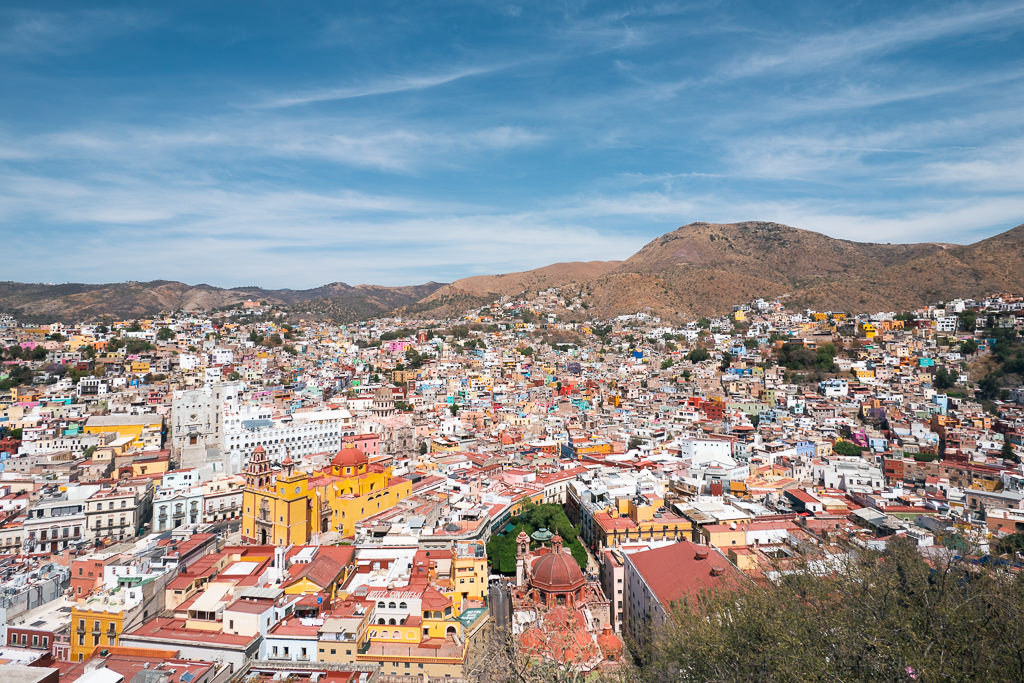
Luckily, there are many smaller or mid-size Mexican cities that are beautiful and have lots to see and do. Among my personal favorites are Puebla, Guanajuato, Morelia, and Oaxaca.
Puebla is just a 2-hour bus ride away, so if you’re looking for a change of scenery at any point, it’s a great place to go next from Mexico City.
Some links may be affiliate links, meaning I may earn commission from products or services I recommend. For more, see site policies.
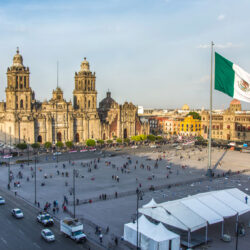
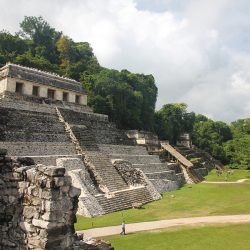
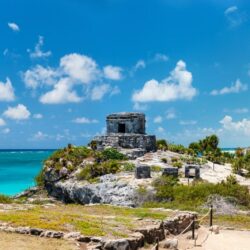




0 comments
Leave a comment
Your email address will not be published. Comments are manually moderated.